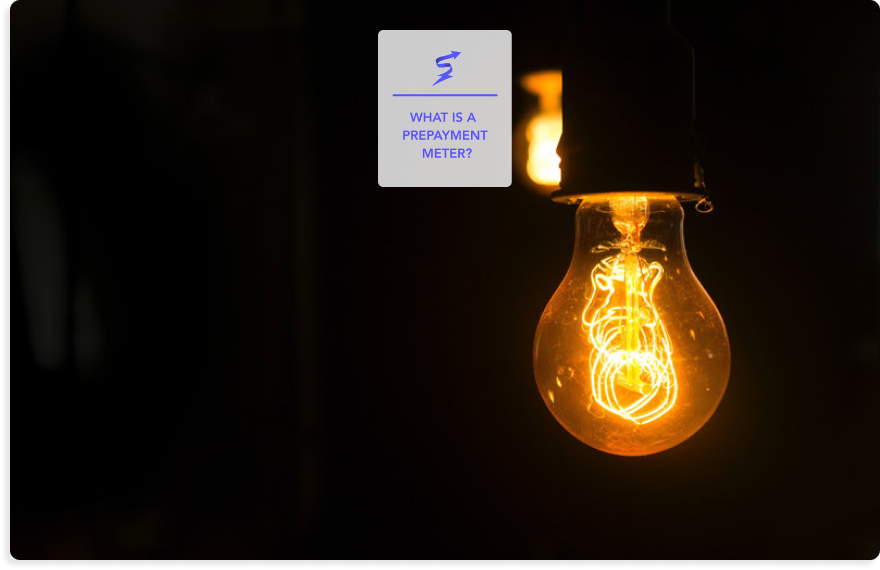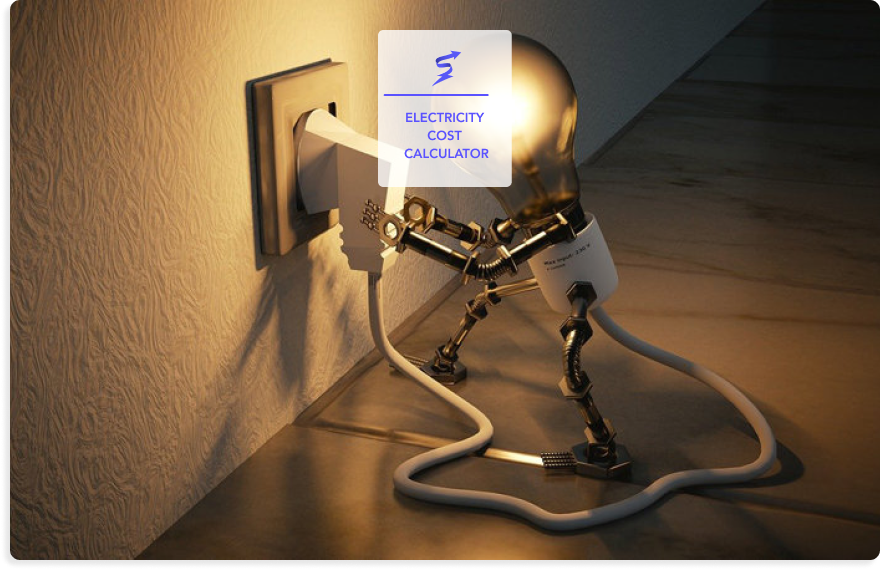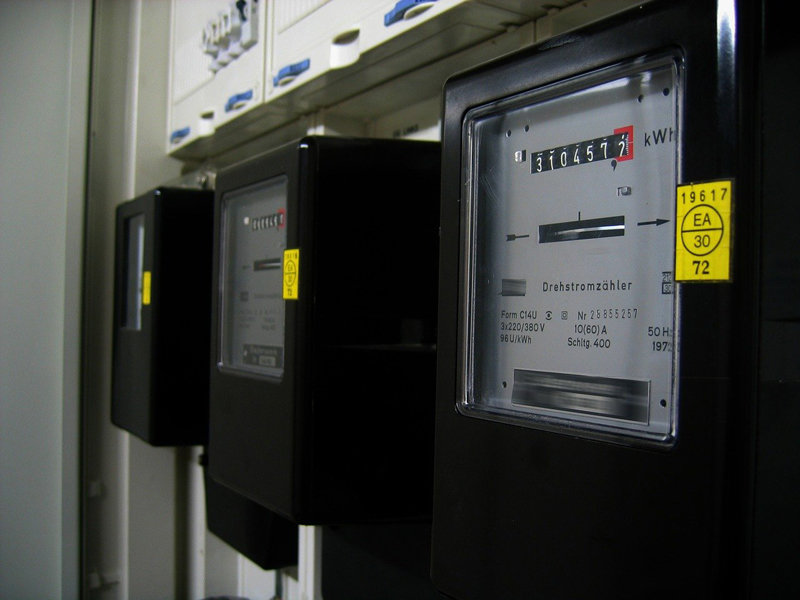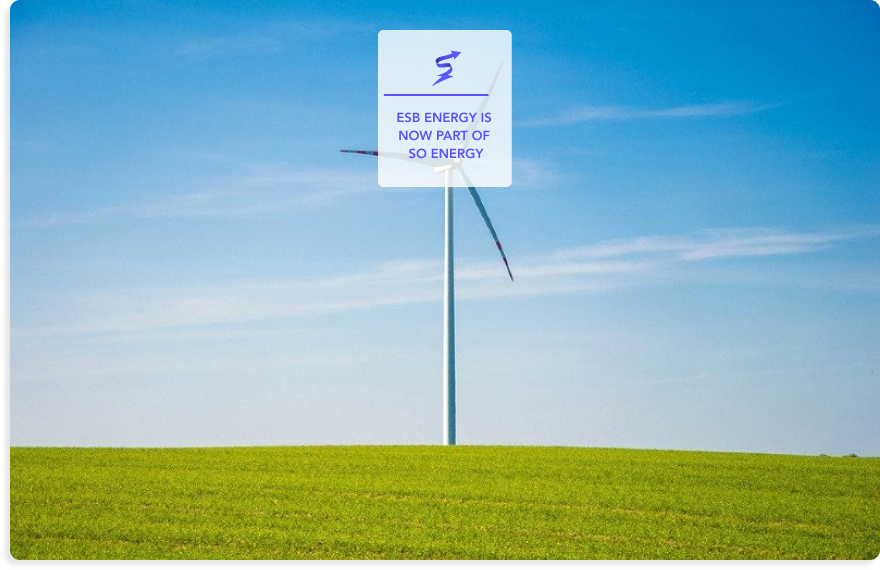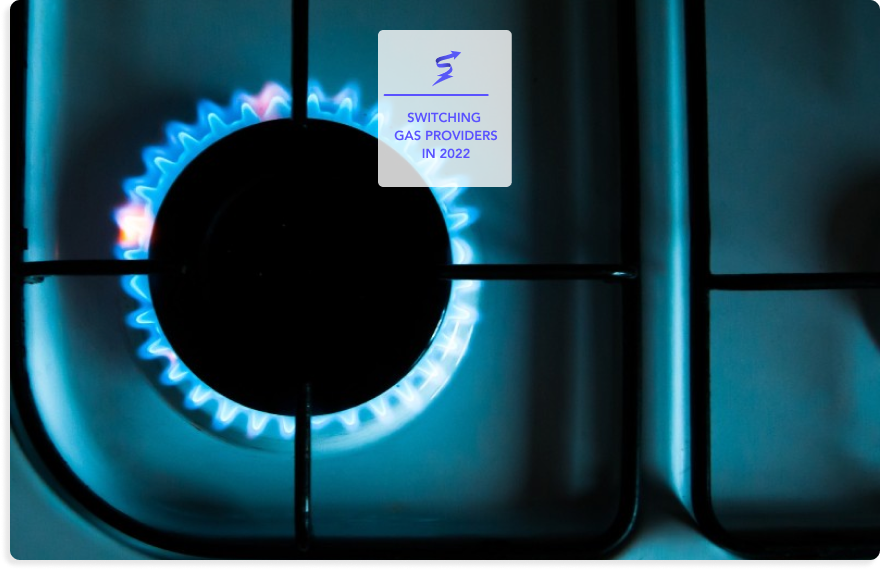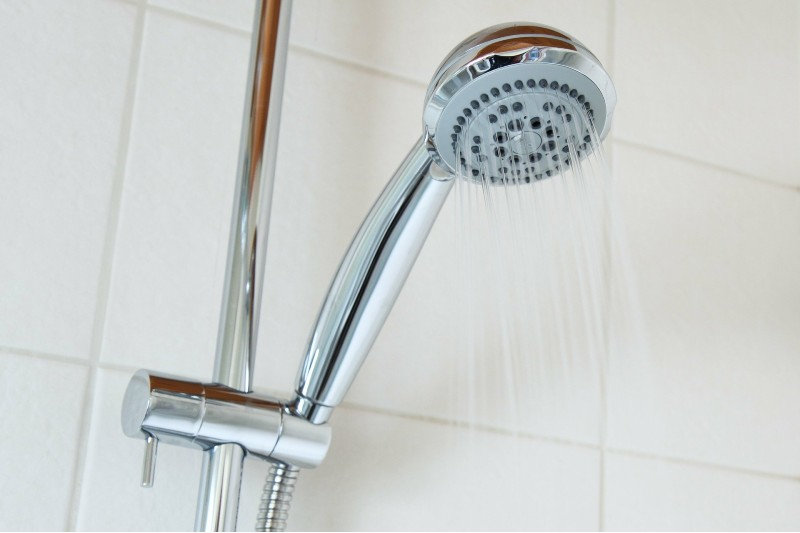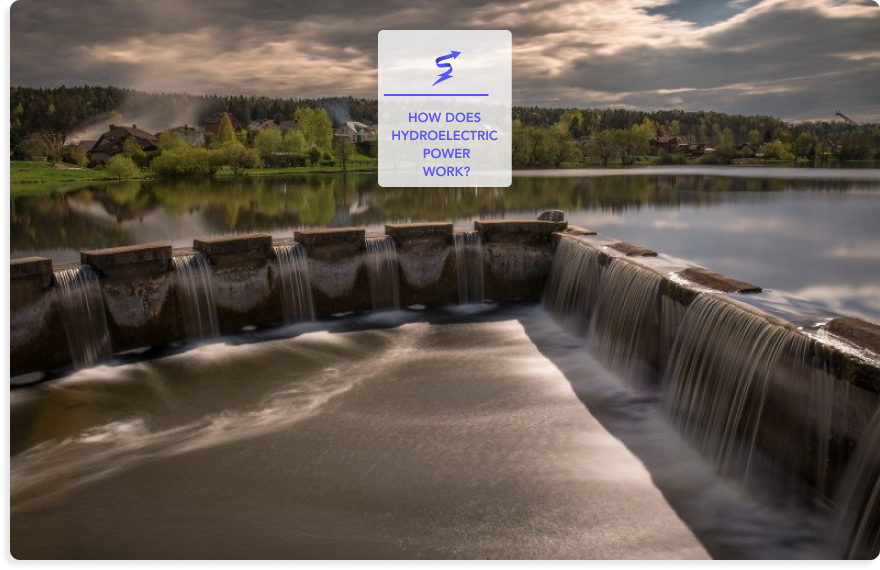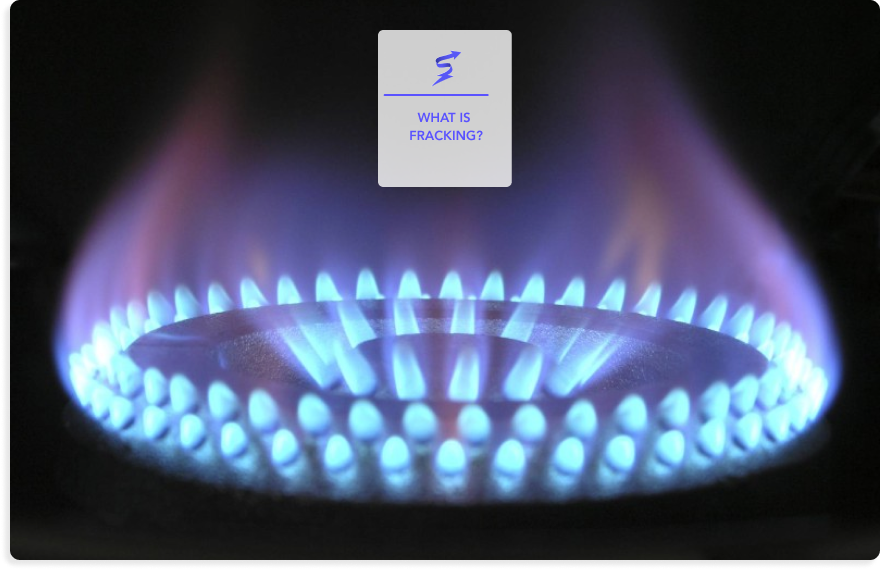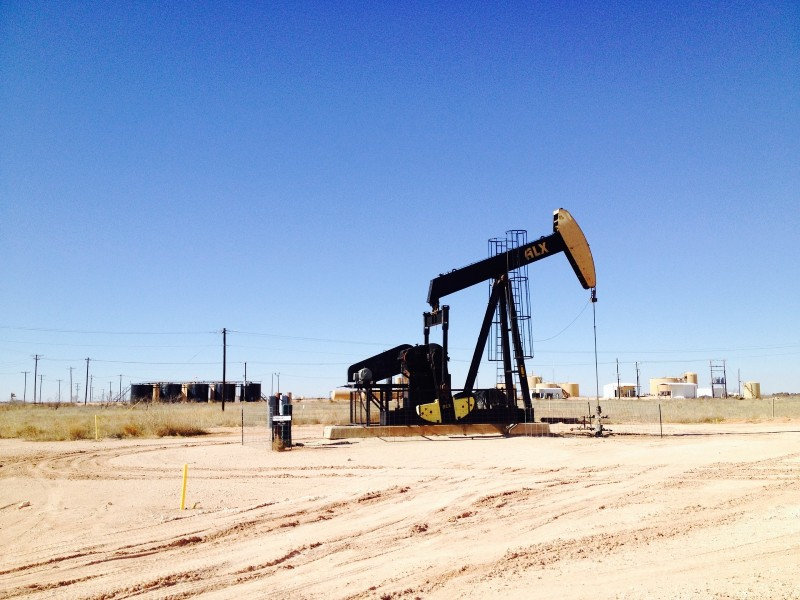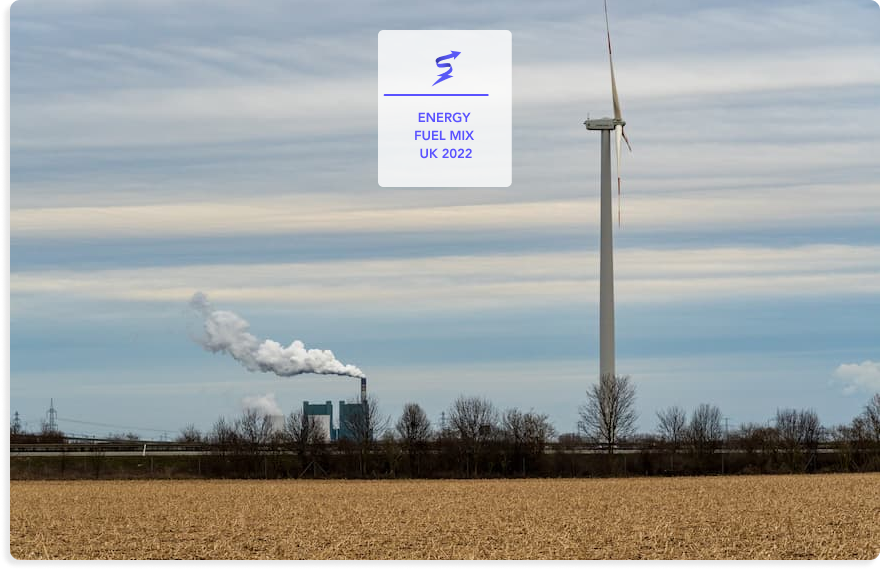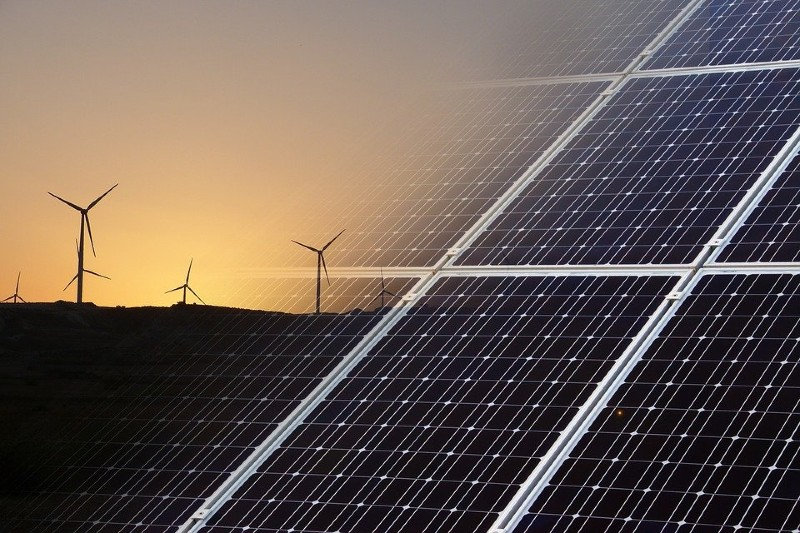In some cases, prepayment meters will be the best payment option for those living in a property. However, this type of tariff is generally more expensive than both standard fixed and variable rate deals. When comparing energy plans you will realise there are also fewer energy providers that offer prepayment deals so you won’t have as much choice when it comes to picking a supplier. This means it’s essential that you ensure a prepayment tariff is right for you. Keep reading on to find out more.
Also, our experts are very informed about prepayment plans and are ready to help you. Look no further! Just give us a call on the number at the top of the screen.
How do prepayment meters work?
If you have a prepayment meter for your gas, electricity or both, you’ll need to pay for your energy before you use it. You’ll do this by topping up your account with credit. This credit will be added to your meter, allowing you to use the amount of gas or electricity you’ve paid for.
There are a number of ways to top up a prepayment meter. You can generally top up at the Post Office or by going to a shop with a PayPoint or PayZone sticker in the window. If you have a card or key for your meter, you may need to take this with you when you top up. You can also call your provider to top up over the phone.
Some energy providers let you top up online or via their app. This can be a more convenient option if you live a long way from your nearest top up point or if you have trouble leaving the house.
If you have a smart meter, your credit will be added automatically. If you have a card or key for your meter, you’ll need to insert this into your meter to see your credit increase.
Where can you top up your prepayment meter?
- Post Office
- PayPoint
- PayZone
- Over the phone
- Online
- Via the app
What does a prepayment meter look like?
If you’ve just moved into a new property and aren’t sure if you have a prepayment meter, you can generally work it out just by looking at the device. Prepayment meters have a lot more going on than standard gas and electricity meters.

Want to switch energy suppliers? Switching with us has never been simpler.
Free Service
Let Switch Plan help you with your electricity and gas needs.
More info
Most prepayment meters have a card slot or a place where you need to insert a key in order to check your credit and top up your account. There will also be a number of buttons on the front of the meter. These allow you to navigate through a variety of options on the meter’s menu. Use these buttons to find out how much credit you have remaining, how much energy you’ve used and the price you pay for each unit of energy.
If you have a prepayment meter, it’s well worth getting familiar with these different options as it will allow you to monitor your spending and energy consumption more accurately. In some cases, you may need to insert your card or key to access different parts of the meter’s menu.
How to take a prepayment meter reading?
Occasionally, your energy supplier might ask you to supply them with a reading from your prepayment meter. This reading will give them an idea of your energy usage and help make your service more efficient.
Different meters have different displays, so you’ll need to find out how your specific meter works before taking a reading. In most cases, you’ll need to press the red or blue button on the front of your meter in order to access the information. Most gas meters are fitted with red buttons and most electricity meters with blue buttons, though this can vary between prepayment meters. If you have a card or key meter, you’ll probably need to insert your card or key first to wake up the meter.
You may need to press the blue or red but multiple times in order to find the right screen. If you’re reading an electricity meter, look out for a long line of numbers followed by kWh. This will be your energy reading. If you’re reading a gas meter, the long line of numbers will be followed by M3. If you are on an Economy 7 tariff – and so pay different rates at night and during the day – your meter readings may be on two different screens.



Want to switch energy suppliers? Switching with us has never been simpler.
Free Service
Let Switch Plan help you with your electricity and gas needs.
More info
Why does my home have a prepayment meter?
A prepayment tariff is a specific kind of energy tariff that is well suited for some households. They are generally installed in homes where the residents have fallen behind on energy payments and struggled to repay the debt. By paying for energy in advance, households can’t fall into arrears and build up significant debt.
If you have to switch to a prepayment meter because you're in debt to your energy supplier, you will pay off your debt a little at a time while paying for the gas and electricity you use. This means the cost of your energy will be higher until you’ve paid back your supplier.
In some cases, landlords install prepayment meters in their properties in order to avoid tenants running into debt. If you move into a property with a prepayment meter and you don’t think this type of tariff is right for you, you can ask your energy supplier to change it to a standard meter.
Your landlord can’t stop you from changing your prepayment meter to a standard credit meter. However, you’ll be liable to pay any associated costs and your landlord can insist that you change the meter back when you move out.
![]()

How much does your energy cost with a prepayment meter?
You can find the 3 cheapest prepayment electricity tariffs below:
Prices vary from one city to another, so we display national averages
Based on the official TDCV : 2,900.00 kWh of ⚡ and 12,000.00 kWh of 🔥 per year
A tariff is green if for each kWh consumed a kWh of renewable energy is injected in the grid.
Cheapest Prepayment E7 Tariff
For an E7 tariff, you can find the three cheapest options below:
| Supplier | Availability | Standing Charges | Unit Rate | Night Cost | Annual Cost | Exit Fee | Green Tariff** |
|---|---|---|---|---|---|---|---|
| - | - | -* | -* | -* | £ -* | £ - | - |
| - | - | -* | -* | -* | £ -* | £ - | - |
| - | - | -* | -* | -* | £ -* | £ - | - |
Prices differ on a postcode basis, this table therefore displays national averages
Based on Ofgem’s TDCV (2,900.00 kWh of ⚡ and 12,000.00 kWh of 🔥 per year).
A Green tariff means the supplier injects in the grid the same amount of renewable energy that is consumed.
Prepayment meters: The pros and cons
Prepayment meters, though great for some households, aren’t suitable for everyone. One of the main issues with prepayment meters is that they’re a lot more expensive than standard energy tariffs. This means you’ll end up paying over the odds for your gas and electricity.
Weighing up the pros and cons of a prepayment meter should help you decide if this type of tariff is right for you.
Pros:
- Prepayment meters can help you to manage your debt
- Prepayment meters can make it easier to keep an eye on your energy usages
- Prepayment meters prevent you going into significant debt to your energy supplier
Cons:
- Above average costs for your gas and electricity
- You won’t have access to the best energy deals on the market
- Topping up a prepayment meter can be inconvenient, especially if you live a long way from the shops
- If you’re unable to top up, your gas and electricity may be temporarily cut off
- If you have an older prepayment meter, prices will need to be updated manually when rates go up or down. This can take months, leaving you paying the old rate indefinitely
Can I switch from a prepayment meter to a standard meter?
Prepayment meters are definitely not suitable for everyone. If having your gas or electricity temporarily cut off would cause you difficulty, this probably isn’t the right option for you. For example, if you have:
- A disability
- Young children
- Medical equipment that relies on electricity
- A long term medical condition
A temporarily losing power could be a real inconvenience. If you fall into one of these categories, want access to the best energy deals on the market or simply don’t want the inconvenience of a prepayment meter, you may want to consider switching to a credit meter.
Credit meters are standard gas and electricity meters. If you have a credit meter you’ll pay for the gas and electricity you use at the end of every month. If you have a credit meter, you’ll be able to shop around different energy suppliers in order to find the best deal. This can help you save a significant amount on your household energy bills.
If you want to change to a standard credit meter, the first thing you need to do is get in touch with your energy supplier. If you’re not currently in debt to your energy supplier, there shouldn’t be any reason for them to stop you switching. You’ll simply need to arrange a time for an engineer to come to your property to swap your prepayment meter for a new one.
However, if you are currently in debt to your energy provider, you probably won’t be able to switch. You’ll need to finish repaying your current debt before you can ask them to install a standard credit meter.
Once you have your new meter, you’ll be free to shop around for a better energy deal. Use our Switch Plan to find the tariff that’s right for you.
0330 818 6223
Different types of prepayment meter
Key and card meters
Most gas and electricity prepayment meters require a key or card to be inserted into the device in order to access information and add credit. If you have a smart card reader, your credit should automatically top up once you’ve added money to your account.
Smart prepayment meters
Smart prepayment meters are the next generation of prepayment meter. They have a prepayment function that can be switched on and off by your supplier. This means you won’t have to have a new meter installed when you want to switch between tariffs.
In most cases, smart meters can be topped up online or via an app. This makes them a lot more convenient than other types of prepayment meter. Smart prepayment meters aren’t yet widely available. However, they’re likely to be rolled out soon, so get in touch with your supplier if you think a smart meter could benefit you.
Read More:
Looking to switch energy deals?Leave your phone number to request a call back from us!
Free Service
